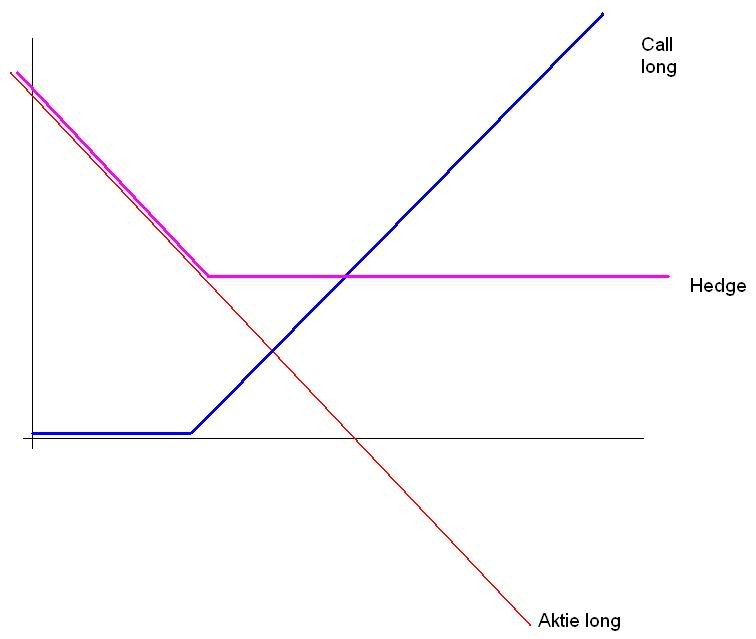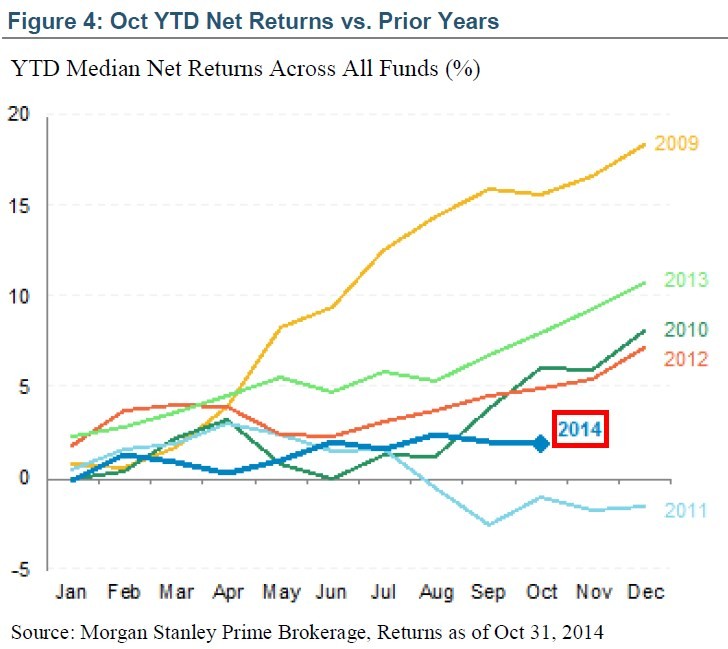Short Hedge
Post on: 2 Июль, 2015 No Comment

The short hedge is a hedging strategy used by manufacturers and producers to lock in the price of a product or commodity to be delivered some time in the future. Hence, the short hedge is also known as output hedge.
The short hedge involves taking up a short futures position while owning the underlying product or commodity to be delivered. Should the underlying commodity price fall, the gain in the value of the short futures position will be able to offset the drop in revenue from the sale of the underlying.
Short Hedge Example
In March, a wheat farmer is planning to plant 100000 bushels of wheat, which will be ready for harvesting by late August and delivery in September. The farmer knows from past years that the total cost of planting and harvesting the crops is about $6.30 per bushel.
At that time, September Wheat futures are trading at $6.70 per bushel, and the wheat farmer wishes to lock in this selling price. To do this, he enters a short hedge by selling some September Wheat futures.
With each Wheat futures contract covering 5000 bushels, he will need to sell 20 futures contracts to hedge his projected 100000 bushels production.
By mid-August, his wheat crops are ready for harvesting. However, the price of wheat have since fallen and at the local elevator, the price has dropped to $6.20 per bushel. Correspondingly, prices of September Wheat futures have also fallen and are now trading at $6.33 per bushel.
Loss in Cash Market.
Selling his harvest of 100000 bushels of wheat at the local elevator yields $6.20/bu x 100000 bushels = $620000.
But the cost of growing the crops is $6.30/bu x 100000 bushels = $630000
Hence, his net profit from the farming business = Revenue Yield — Cost of Growing Crops = $620000 — $630000 = -$10000
For all his efforts, the wheat farmer might have ended up with a loss of $10000.
. is Offset by Gain in Futures Market.
Fortunately, he had hedge his output with a short position in September Wheat futures which have since gained in value.

Value of Wheat futures Sold in March = $6.70 x 20 contracts x 5000 bushels = $670000
Value of Wheat futures Purchased in August = $6.33 x 20 contracts x 5000 bushels = $633000
Net Gain in Futures Market = $670000 — $633000 = $37000
Overall profit = Gain in Futures Market — Loss in Cash Market = $37000 — $10000 = $27000
Hence, with the short hedge in place, the farmer can still manage to make a profit of $27000 despite falling Wheat prices.
Basis Risk
The short hedge is not perfect. In the above example, while cash prices have fallen by $0.40/bu, futures prices have only dropped by $0.37/bu and so the short futures position have only managed to offset 92.5% of the drop in price. This is due to the weakening of the basis.














